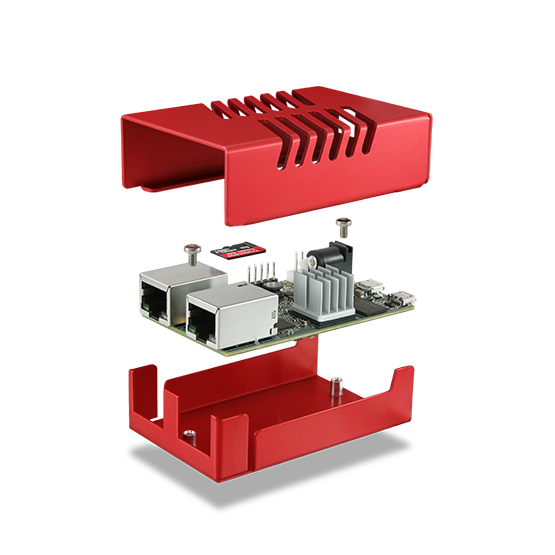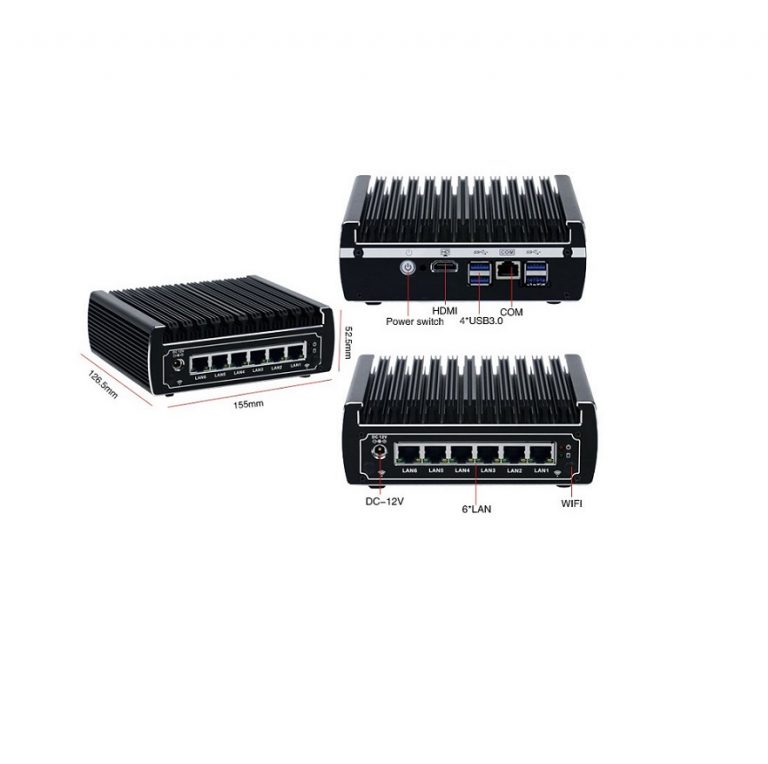

Part 2: My First Failed Setup - Using KVM to virtualize pfSense on a debian host Setup C is ultimately the one I ended up going with.

The processor also supports AES-NI extensions and the E3-1270v3 should have more than enough power to handle our workload. Setup C: The eBay Setup ($325)įor $325, we get 6x 10gbe copper ports all in a nice 1U package at half the cost of our amazon setup. Since fiber is actually cheaper with this build, I opted to use fiber instead of copper.

According the the Intel Website, the CPU supports AES-NI extensions so we're good to go on that end. Using a refurbished desktop and a new 4-port 10gbe NIC adds up to just about $700. Although tempting, it's a bit out of my price range. We get all the benefits of support and hardware we know will work reliably in any setting. It's about $1000 for an out of the box 10gbe pfSense solution from the company that develops pfSense. Routing 10gbe traffic is easy enough, but we need to have a beefier CPU with AES-NI extensions to get any sort of performance out of OpenVPN. The machine itself should be able to handle the load of both routing 10gbe traffic and the added computational load of encrypted OpenVPN traffic. We either need a machine that comes with a 10gbe NIC, or we need to purchase a 10gbe network card. Part 1: Purchasing the hardware Requirementsīefore we begin, we need to secure some hardware.



 0 kommentar(er)
0 kommentar(er)
